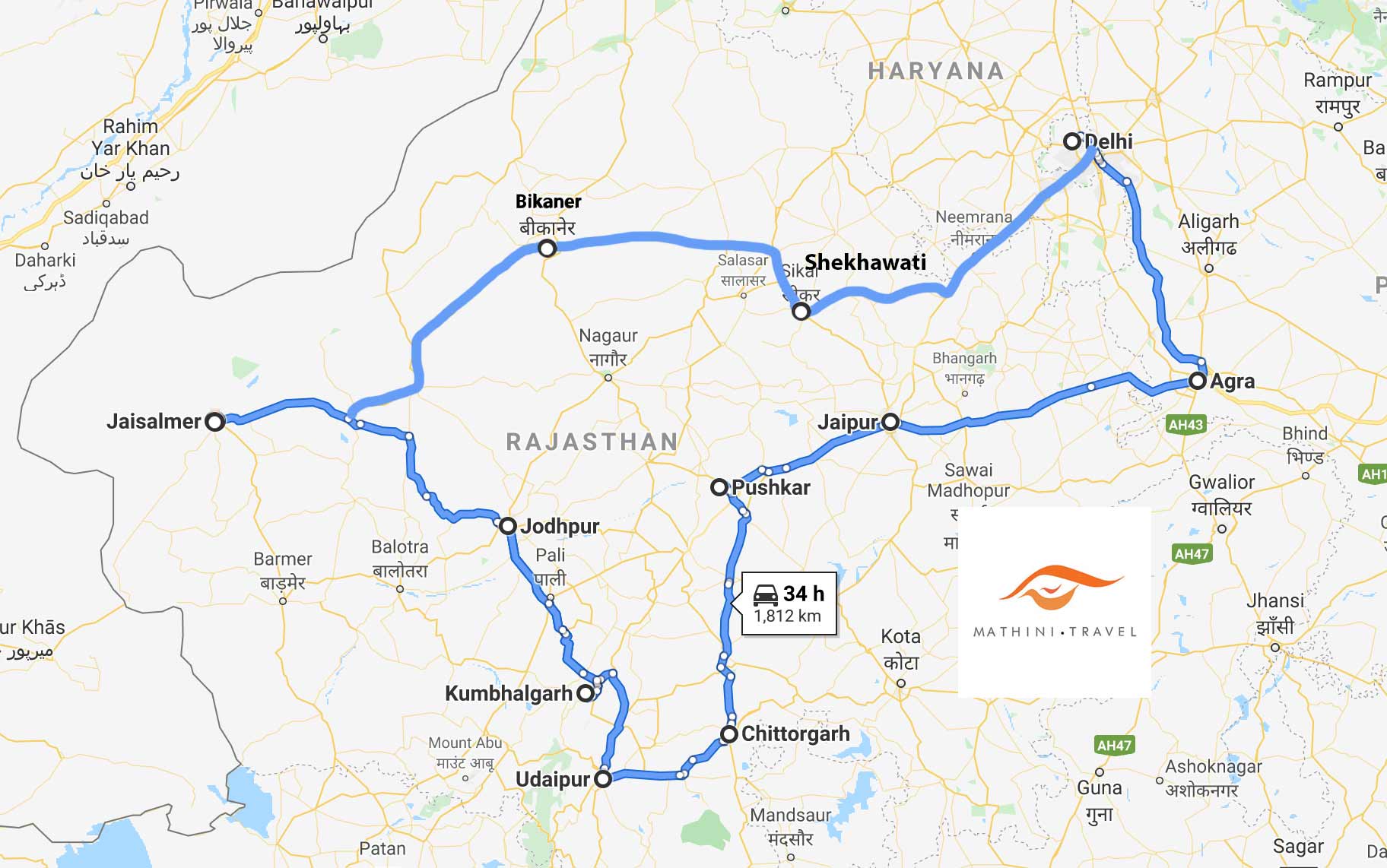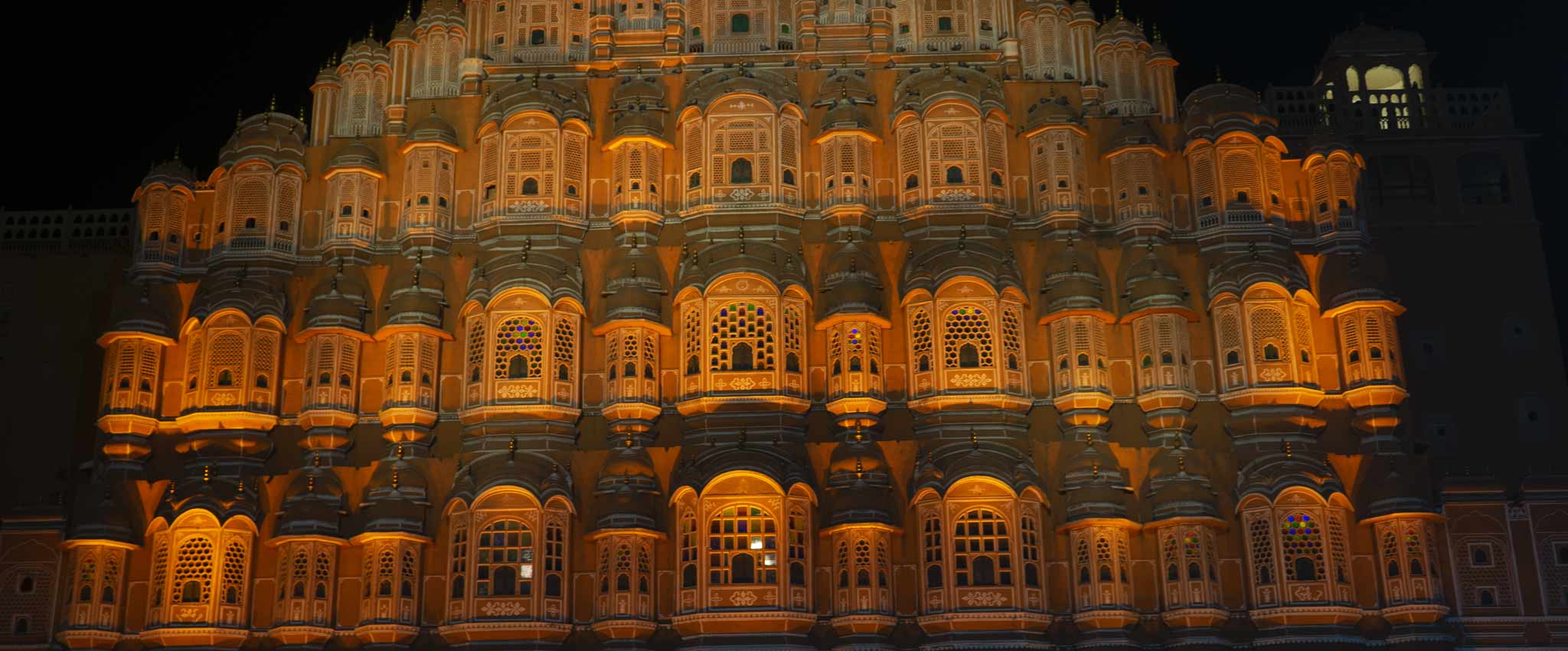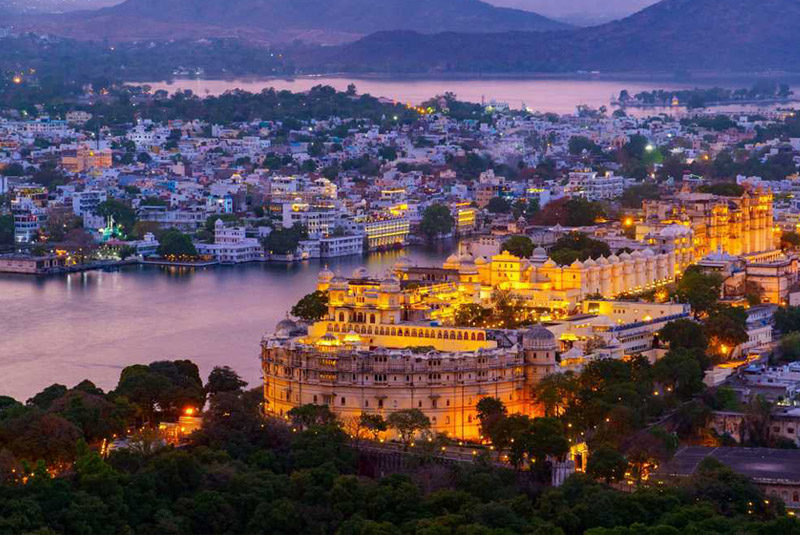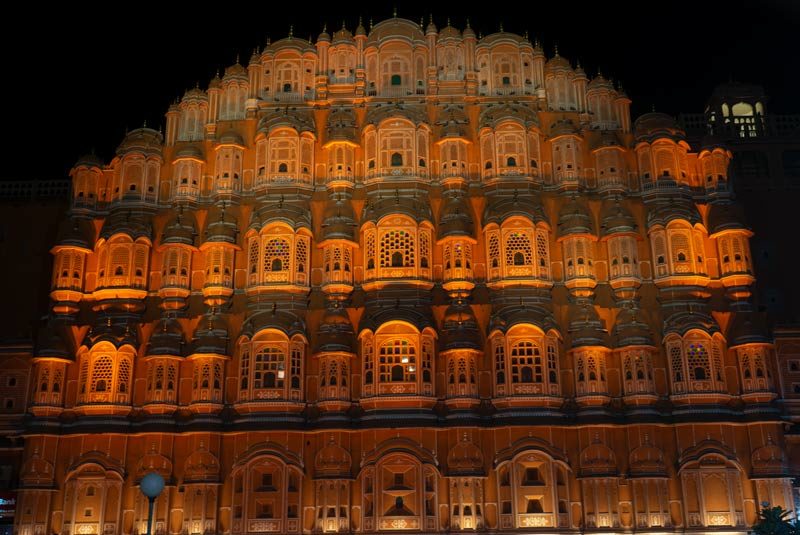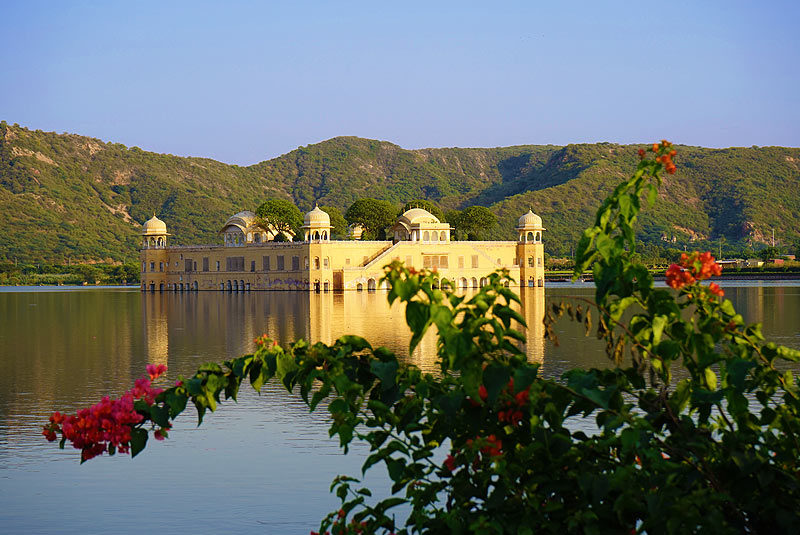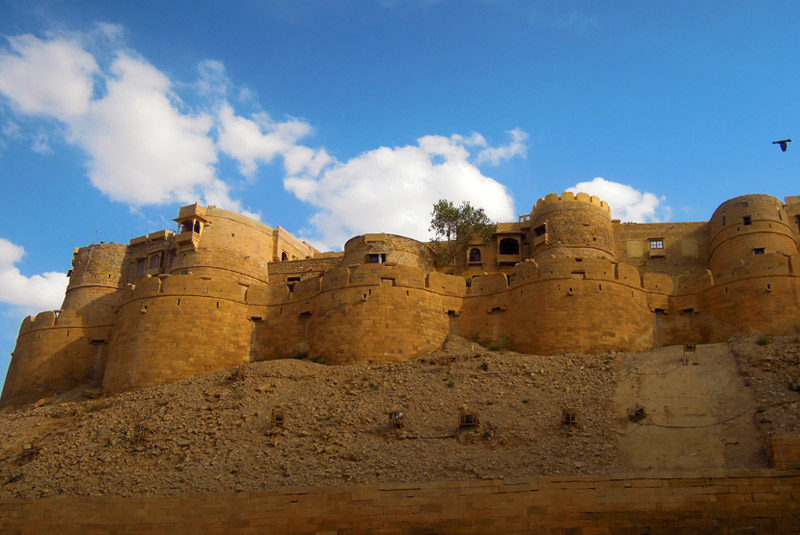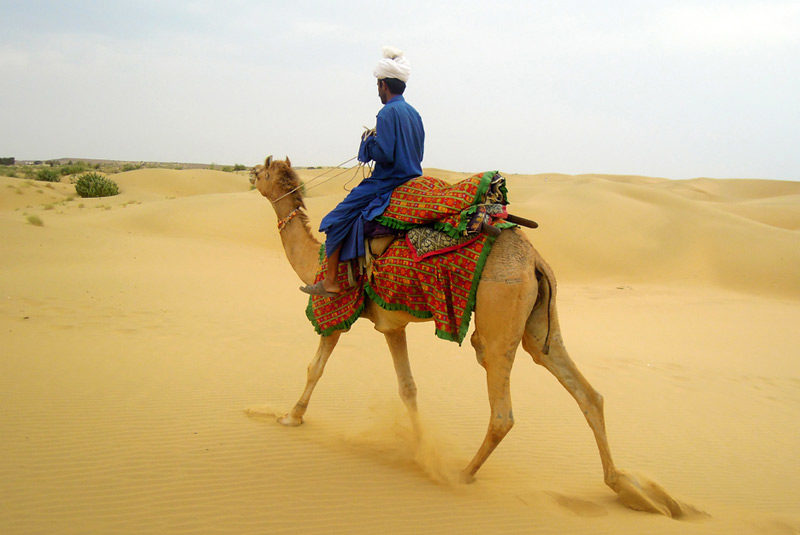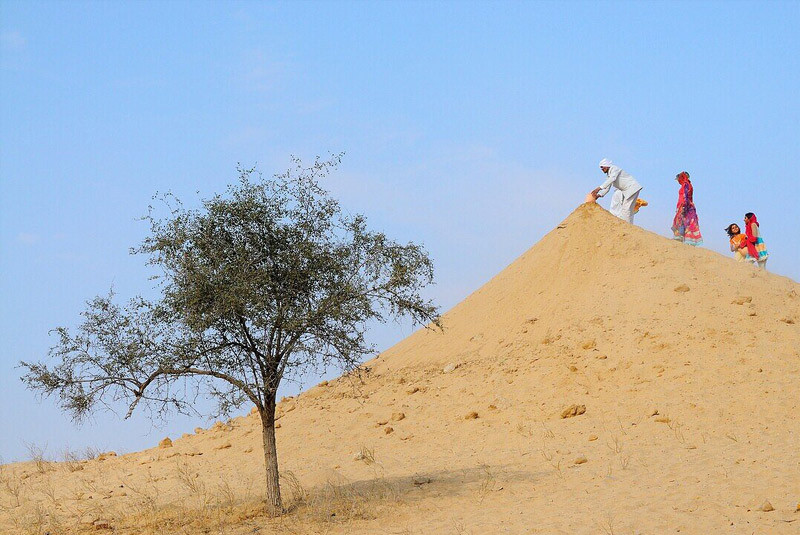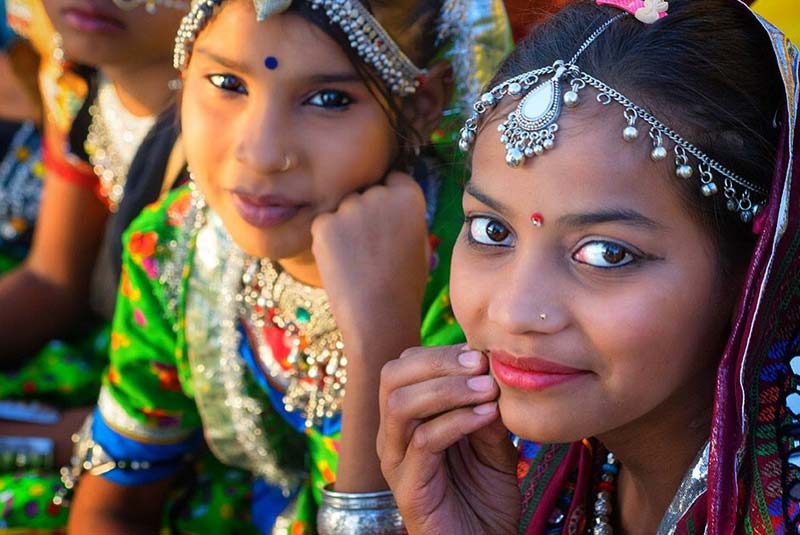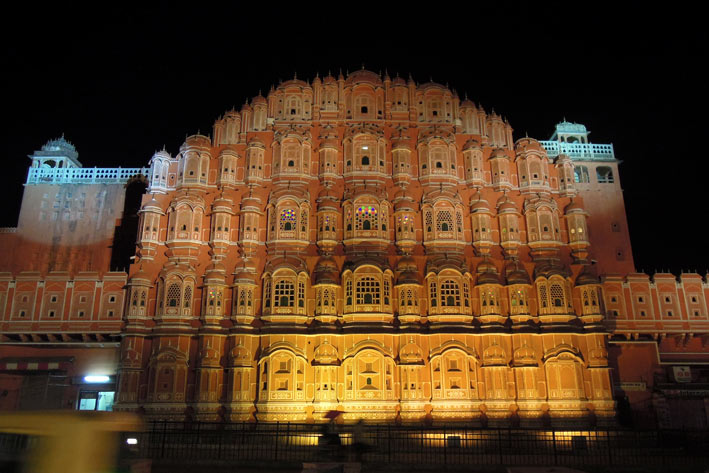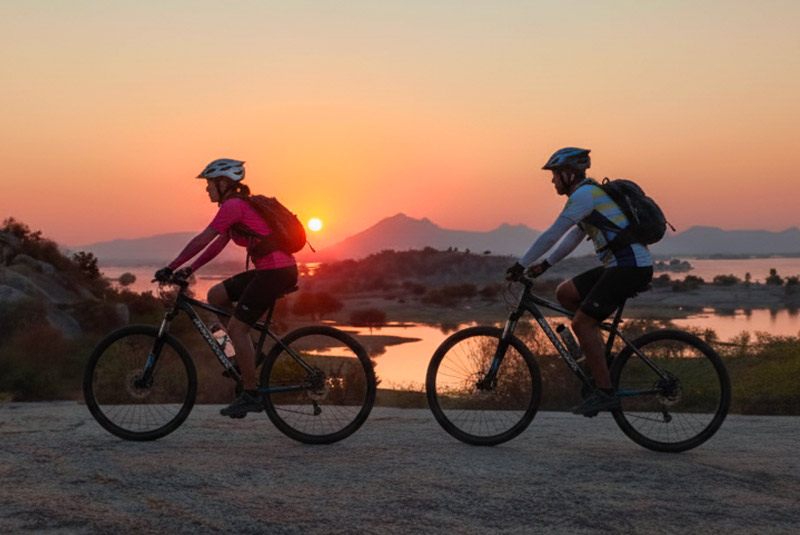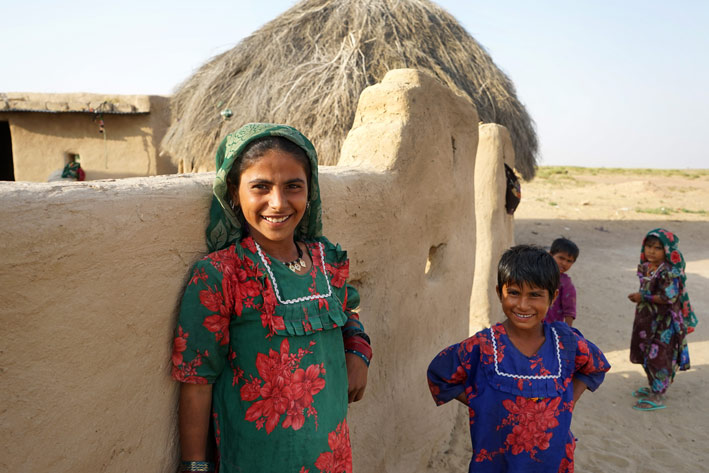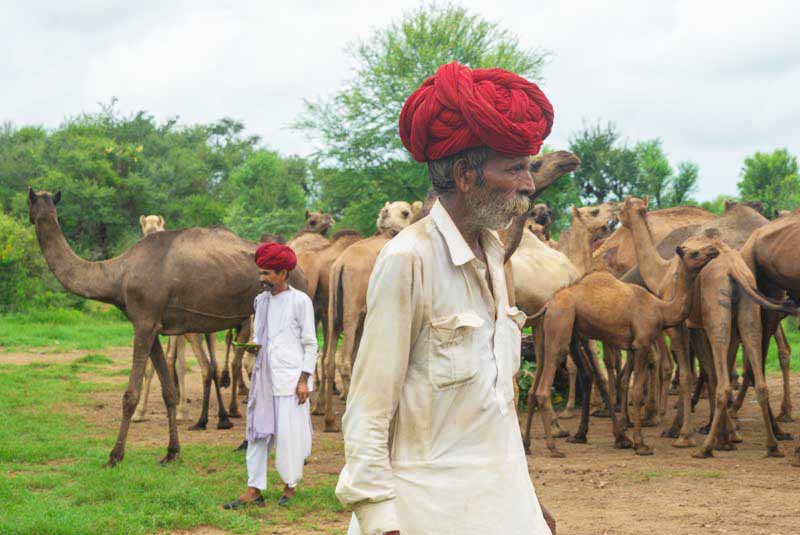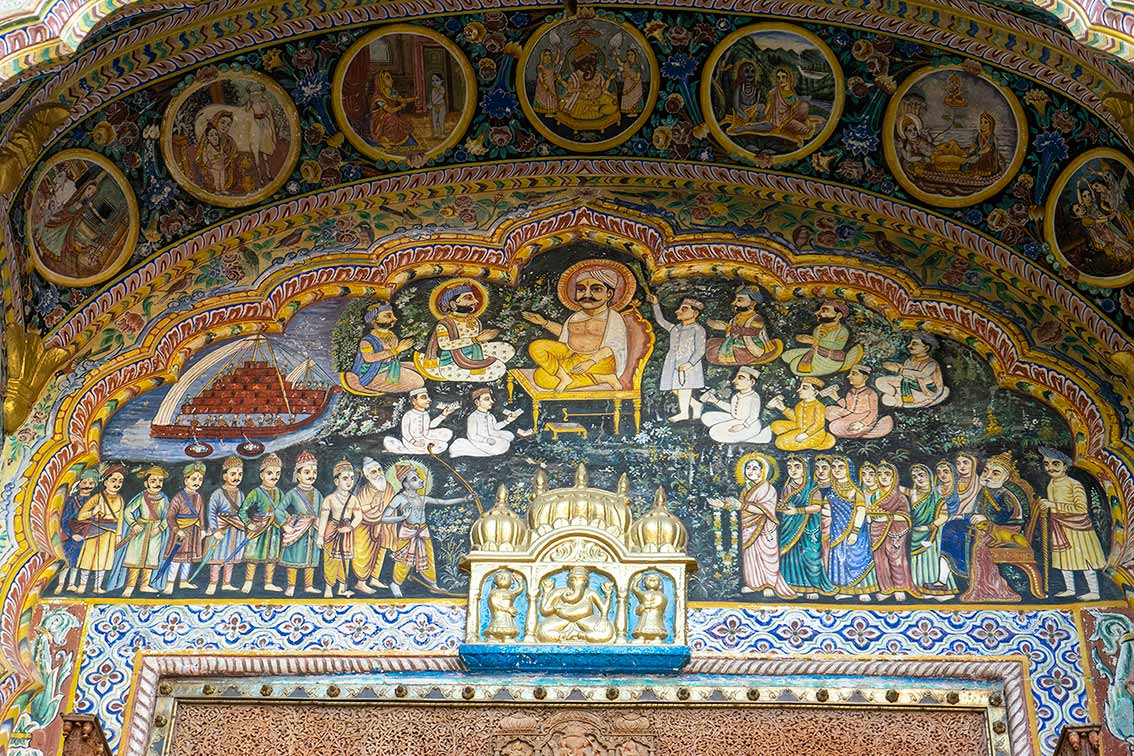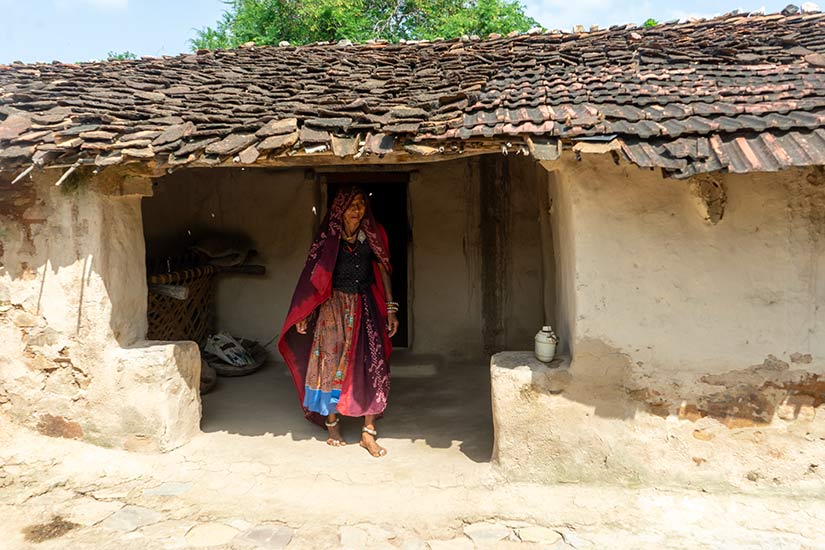Namaste! We welcome you warmly at New Delhi airport and drive to your hotel. In the evening, according to the day, we invite you to attend dhikr (chanting) and Qawwali Sufi songs at the Dargah of Nizamuddin, a shrine that houses the tomb of Hazrat Khawaja Nizamuddin Auliya (1238-1325), considered a great Sufi Indian saint. This place of intense faith attracts not only the faithful Muslims, but also those of other faiths. Overnight in Delhi.
Day 2
Visit of Delhi, capital of India
After breakfast, we will explore the capital of India: The Red Fort, a symbol of the Mughal era in India declared World Heritage Site / The Qutub Minar, a brick minaret of 73 meters tall, beautiful example of Persian architecture / The Humayun Tomb, undoubtedly one of the most astonishing monuments of Mughal architecture to which the Taj Mahal owes its design / Akshardham, one of the largest Hindu temples in world, a breathtaking architectural work made of pink grey stone and white marble / The temple of the Lotus dedicated to the Bahai faith symbol of the unity of the four religions, namely Hinduism, Jainism, Buddhism and Islam and The 'Jama Masjid', the largest mosque in India that can hold up to 25,000 worshipers at a time. Overnight in Delhi.
Before leaving for Agra, we will go and walk through the 'Chandni Chowk', a huge bazar in Old Delhi built in the 17th century by the Mughal Emperor Shah Jahan. This buzzing place is one of the largest wholesale markets in India. We will stroll in the 'galis', the narrow streets of the bazar and take our lunch in the famous 'Paratha Wali Gali', the street of parathas (Indian fried bread). After lunch, departure for Agra, the city of the legendary Taj Mahal. Overnight in Agra.
Day 4
Agra & the legendary Taj Mahal
Day dedicated to the visit of the Taj Mahal, but also of several historical monuments of Agra: Agra Fort, Jama Masjid, Timad-ud-Daulah, Chini-Ka-Rauza and Mausoleum of Akbar. In the evening, we will go the mehtab gardens to watch the sunset on the majestuous Taj Mahal.
Overnight in Agra.
Day 5
Agra - Jaipur via Fatehpur Sikri
We leave for the capital of Rajasthan. On the way, we stop at Fatehpur Sikri, one of the most beautiful heritage of the Mughal architecture of the 16th century that will influence Indian urbanism, especially that of the old city of Delhi. Fatehpur Sikri served as the ephemeral capital of the Mughal Empire from 1571 to 1585, when it was abandoned in favor of Lahore. Arrival in Jaipur in the late afternoon. Overnight in Jaipur
Day 6
Jaipur, the pink city, capital of Rajasthan
After breakfast, we explore the city of Maharaja Sawai Jai Singh II. We visit the bustling bazars of the city, the palace of the wind, the palace of the city and the observatory (Jantar Mantar). After lunch, we head to Amber, the former capital of Jaipur and visit its Palace, the Jagat Shiromani Hindu Temple, the stepwell, andin the evening, we will attend the sound and light show at Amber Fort. On the way back, we will stop to take some pictures of the picturesque Jal Mahal (the palace on the water) by night. Overnight in Jaipur.
Early in the morning, we go for a walk in the bazars of the pink city with a visit to the protecting deity of Jaipur, Sri Govind Devji. We will then go to the galta ji temple around 20km from Jaipur. In the late afternoon, we will drive back towards the Nahargarh fort to watch the sunset and have a panoramic view of the pink city. Overnight in Jaipur in an heritage hotel.
We leave the pink city to go to Pushkar. In the evening, we will explore on foot the bazars around the lake of the holy city. Overnight in Pushkar
Day 9
Pushkar, the city of Lord Brahma
In the morning, we will sit on the ghats of Pushkar Lake to watch the rituals and ablutions of the Hindu faithful, then we will go to the temple of Brahma, which is the only temple in India dedicated to this Hindu god. We will then drive to in Ajmer, 10 km from Pushkar, to visit the famous Dargah (mausoleum) of Sufi saint Khwaja Muin-ud-din Chishti and the Soniji Ki Nasiyan jain temple. We will cross the beautiful landscapes of the Aravali mountains and, on the road, we will stop at the picturesque Ashram of Aloo Baba, a monk who only has potatoes on the menu of his meals (aloo means potatoe in Hindi). We will also visit some small ancient temples all around. After visiting Ajmer, we return to Pushkar and wander through the bazars around the lake and attend the evening Arati on the lake. Overnight in Pushkar in an heritage hotel.
Day 10
Pushkar - Chittorgarh, city of bravery and sacrifice
After breakfast, we take the road to Chittorgarh. We will make short stops in Bijoliyan and Menal, renowned for their ancient temples. The city of Chittorgarh is home to one of the largest fort in all of India. It covers an area of 2800 ha. Built in the 18th century on a 10 km long hill, the fort is one of the most imposing defensive constructions of the ancient kingdom of Mewar. It contains many monuments commemorating poignant moments in the history of Rajasthan.
After checking in at the hotel, we will spend the rest of the day visiting the monuments of the fort. Overnight in the fort of Chittorgarh.
Day 11
Chittorgarh - Udaipur
Departure for Udaipur, the city of lakes. Along the way, we will visit Eklingji, a complex of Hindu temples whose divinity (a three-headed lingam) is the patron saint of the Maharanas of Mewar. We settle at the hotel. In the evening, we will leave for a boat ride on Lake Pichola to admire the palace of the city, the palace of the lake and the palace Jagmandir at sunset. Overnight in Udaipur in an heritage hotel.
Day 12
Udaipur, the city of lakes
We will spend the whole morning visiting (on foot) the historical center of Udaipur: the palace of the city, Jagdish temple, the Bagore ki Haveli museum then we will go to see the royal gardens Saheliyon Ki Bari. In the evening, we will attend a cultural program at the Bagore ki Haveli Center. Overnight in Udaipur in an heritage hotel.
Day 13
Udaipur - Ranakpur via Kumbhalgarh
We leave the city of lakes for Ranakpur. We will first explore the sprawling Kumbhalgarh fort built in the 15th century by Maharaja Rana Kumbha whose walls cover a distance of 36 km, the largest after China. After lunch, we will visit Ranakpur, famous for its magnificent Jain Temple Chaturmukha, a true architectural marvel. With its 1444 pillars finely carved, it is one of the most beautiful and largest Jain temple in India. Overnight in Ranakpur
Day 14
Ranakpur - Jodhpur
Departure for Jodhpur, the blue city. After lunch, we will visit the royal fort Meharangarh, which is undoubtedly one of the most beautiful forts in Rajasthan. It has, surely for this reason, been called the 'magnificent fort'. Imposing and delicate at the same time, it overhangs the city of its 120 meters. We will then descend to the Jaswant Thada Mausoleum and then we will go to the imposing Umaid Bhawan Palace, which is the current home of the Maharaja of Jodhpur and his family. It is one of the largest private residences in the world. Overnight in Jodhpur in an heritage hotel.
Day 15
Jodhpur, the blue city
After breakfast, we will leave for a fascinating walk in the old blue city. In the afternoon, we will visit the bazars around the clock tower and the Sadar market and do some shopping. Overnight in Jodhpur in an heritage hotel.
Day 16
Jodhpur - Jaisalmer via Osian
In the morning, we will drive to Jaisalmer via the ancient city of Osian, famous for its beautifully carved Jain temple. We will reach Jaisalmer in the afternoon. This city is a diadem of gold and sand set gracefully down in the arid wastes of the Thar desert. Jaisalmer owes its name of “golden city”, to the colour of the sandstone it is built from. The warm yellow stone and the amazingly sophisticated, intricately-worked merchants’ houses (havelis) give the town a unique charm and atmosphere. At sunset, we will visit Gadisar lake. Overnight in Jaisalmer Fort in an heritage hotel.
Day 17
Jaisalmer, the city of gold
After breakfast, we will visit Jaisalmer Fort, its palace and its beautiful Jain temples. In the lower town, we admire the three main havelis (mansions) finely chiseled in the yellow grate. We will then stroll through the bazars of the golden city and then we will head to the desert of Thar. Overnight in typical huts of the Thar desert.
Day 18
Fascinating Thar Desert
After breakfast, we will go on a desert safari and visit several typical villages inhabited by different desert people. We will end our day with a dinner in the dunes. Overnight in typical Thar desert huts or in the dunes.
Day 19
Jaisalmer - Bikaner
We take the road towards Bikaner. We will arrive in the afternoon at the hotel. Like Jaisalmer, Bikaner was once an important commercial center on the caravan routes. It was famous especially for its silversmiths, weavers and perfumers. Overnight at Bikaner in an heritage hotel.
After breakfast, we will visit the fort of Bikaner, which is one of the most majestic in Rajasthan. The refinement of the interiors is amazing. We will then stroll through the bazars of the old town. The old town is pure eye candy. You could wander round the narrow lanes forever admiring the magnificent, finely-sculpted havelis (private mansions), built of red sandstone whose colour contrasts deliciously with the blue-sky door
There are over a thousand havelis. The best known are the Rampuria havelis, which all belonging to the same Jain family. We will then go to Lalargh and Lakshmi palaces; these two adjoining palaces have been turned into a luxury hotel, but non-guests are allowed to visit the public areas. In the afternoon, we will discover the famous Rat Temple, 30 km from Bikaner dedicated to the goddess Durga. It is said that there are more than 20,000 of these rodents living in the temple. The faithful come to offer them prasad (blessed food) because these rats are considered sacred. Overnight at Bikaner in an heritage hotel.
Day 21
Bikaner - Mandawa (Shekhawati region)
We arrive in Mandawa for lunch time. After lunch, we will explore Mandawa's most famous havelis (mansions) which are adorned with sumptuous coloured frescoes. The Shekhawati region was in the 18th and 19th centuries, one of the most prominent areas of Rajasthan. Wealthy Marwari merchants built huge mansions there, decorated inside and out with sumptuous frescoes in which Hindu mythology mingles with scenes from daily life. These masterpieces have earned the region a reputation as Rajasthan’s open-air art gallery. Overnight in Mandawa in an heritage hotel.
Day 22
Tour in the Shekhawati region
We will continue our visit of the Shekhawati region by visiting Laxmangarh, Nawalgarh and fatehpur, where there are splendid havelis. Back in the evening to Mandawa. Overnight in Mandawa in an heritage hotel.
After breakfast, we drive back to Delhi to drop you off at your hotel, end of the trip. Looking forward to meeting you again. Namaste.
